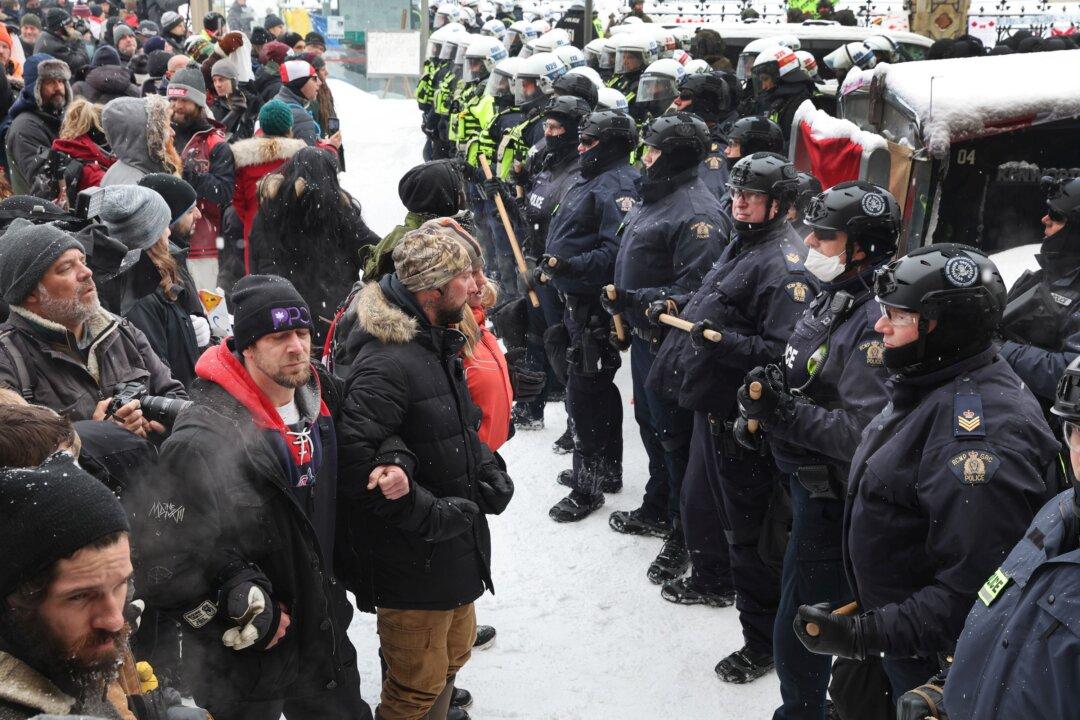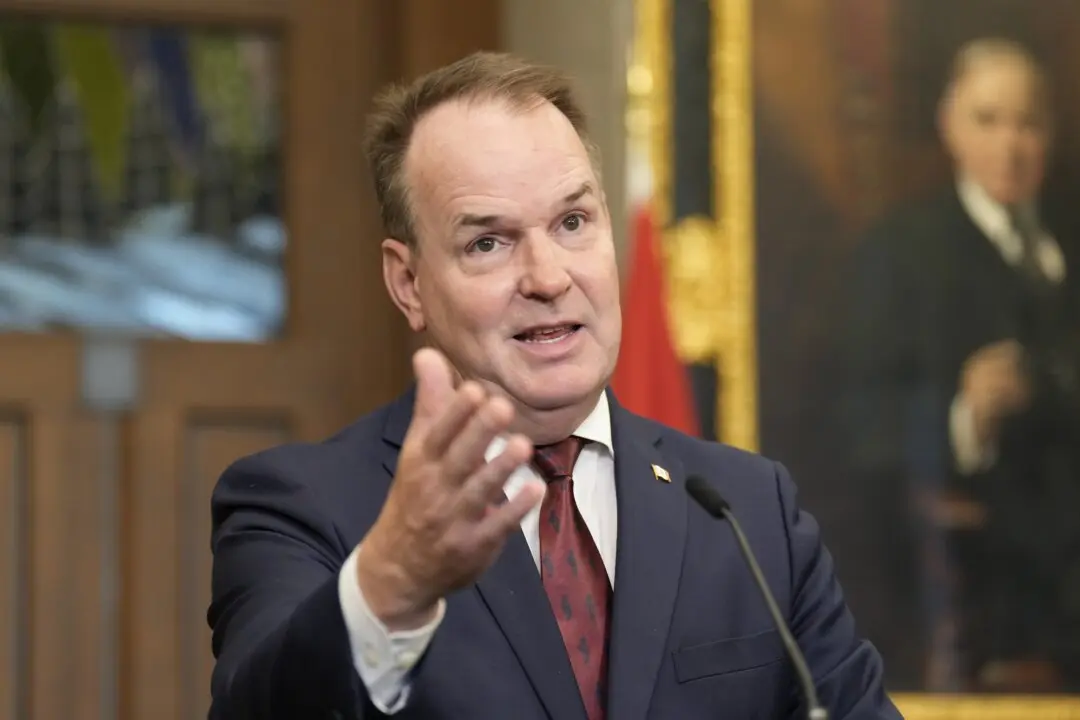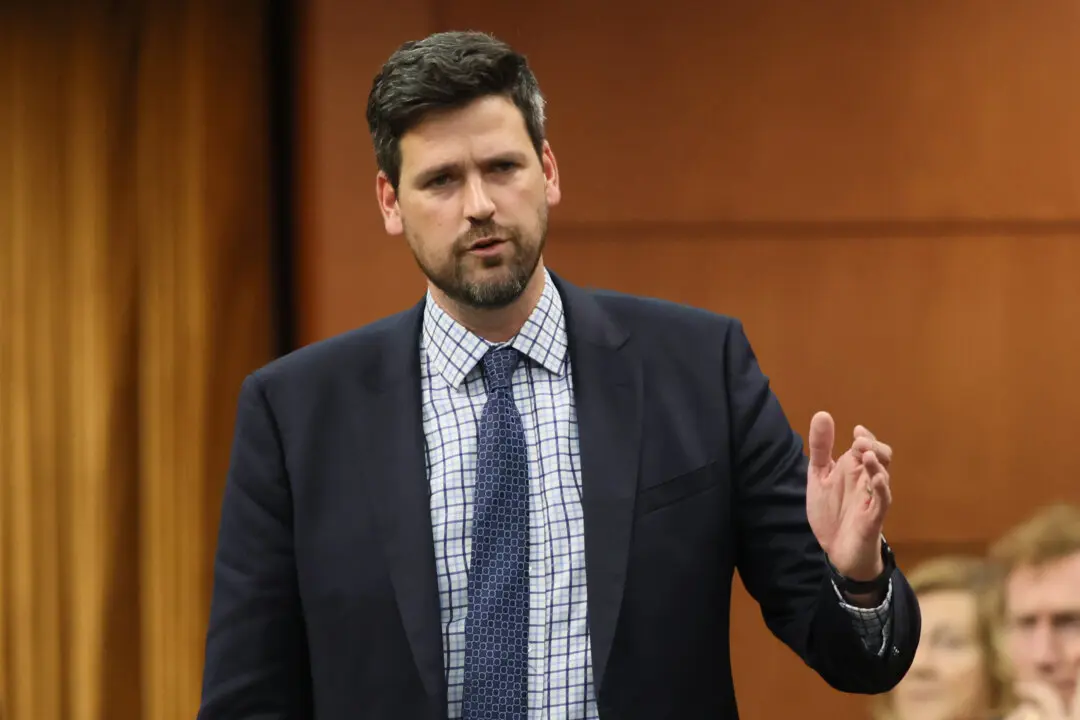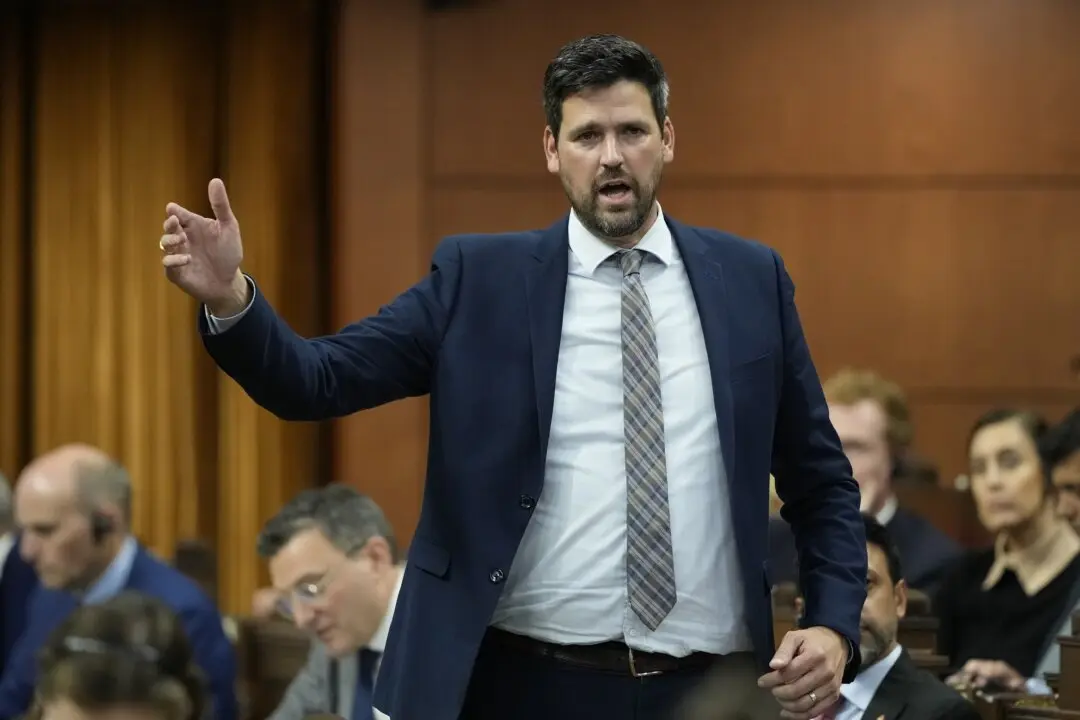Canada’s minister of justice testified before a special joint committee on April 26 that the first-time invocation of the Emergencies Act and associated measures by his government were “Charter compliant,” yet he does not intend to provide the committee with supporting analysis.
Throughout the meeting of the Special Joint Committee on the Declaration of Emergency, which is composed of MPs and senators from different parties and groups, Minister of Justice David Lametti repeatedly asserted cabinet confidence and solicitor-client privilege and didn’t provide answers to questions posed by lawmakers.





